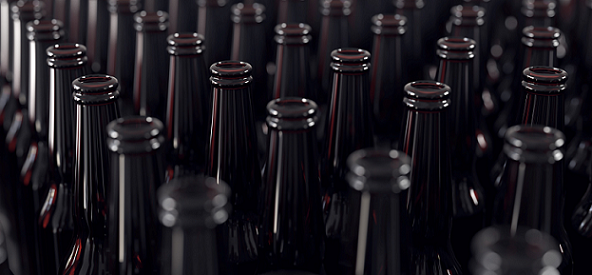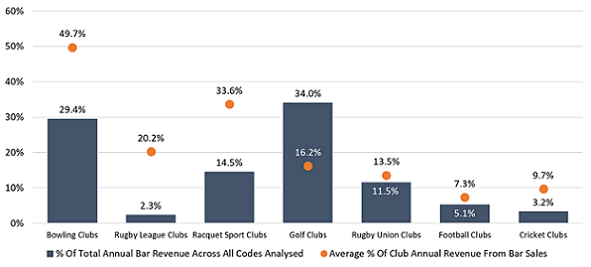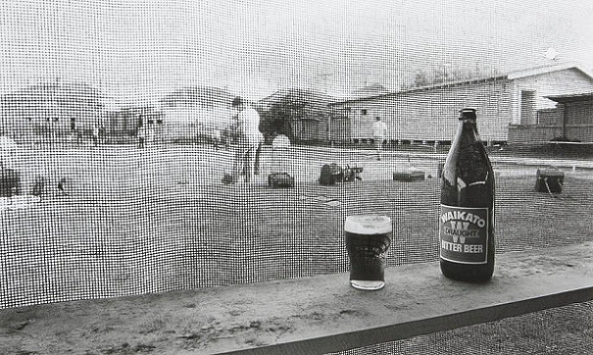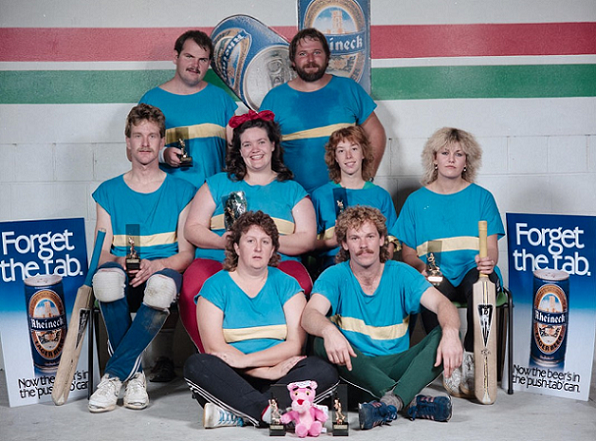From the earliest days of organised community sport in New Zealand in the late nineteenth century there has been a close link between sport clubs, brewers and distillers, with many fledgling clubs in that early era basing their operations from local hotels. Even today, the same link continues with one prominent Wellington rugby union club’s rooms located at a central city hotel, with one of the Wellington Rugby Union’s principal trophies, the “Swindale Shield” named after the publican “Joe Swindale”, then proprietor of the "New Palace Hotel" on Willis Street, (who donated the shield in return for the rugby union’s commercial support, in 1910).

It was not until the mid-1970s that sport clubs themselves could apply for a license to sell alcohol at their premises, to encourage responsible use of alcohol in preference to the “booze barns” characteristic of that era. Over time, revenue generated “over the bar” has become an increasingly important part of the annual revenue of many (but not all) sporting codes. Based on an analysis of the financial statements of 21 Wellington-based sport clubs, across seven different sporting codes, the Association has found that, on average, clubs with licensed premises generate 20% of their annual income from bar sales.

(Source : New Zealand Amateur Sport Association : www. societies.govt.nz)
Some sporting codes rely more heavily on alcohol sales than others, with bowling clubs generating around half of their revenue from the bar, with racquet sports (tennis and squash clubs) accounting for about a third of their annual revenue from this source. Of note, three of New Zealand’s traditional sports (rugby union, cricket and association football) rely much less on alcohol sales than might be otherwise thought, with the Association’s analysis showing 14%, 10% and 7% respectively as their proportion of annual club revenues on average. Golf Clubs (as a proportion of total bar revenue generated across all analysed codes), generated the largest slice of bar revenue, capturing 34% of the total bar revenue analysed across all codes and clubs.

(On average, bowling clubs receive around half of their annual income over the bar)
One of the objectives of the proposed legislation is to reduce the overt promotion of alcohol to minors as they engage in otherwise healthy sporting pursuits. However, to the extent that clubs with a liquor license are “undesignated”, young people will continue to be exposed to alcohol in a sporting setting whenever they are in a licensed club environment. Moreover, a recent spate of alcohol-related violent episodes associated with licensed sport clubs (as reported in the media) brings into sharp focus the responsibility that clubs have to promote socially acceptable behaviour by their adult members, to ensure that minors associated with their clubs do not experience the negative or anti-social aspects of alcohol abuse.

(What role should alcohol have in sport sponsorship? : Photo courtesy of Canterbury Museum)
As to whether or not the Sale and Supply of Alcohol (Harm Minimisation) Amendment Bill will have any impact on the finances of community sport organisations, it seems that while clubs continue to operate within their license obligations, (retain their licenses) and attract members to their premises, little will change. Whether or not the legislation will achieve the social benefits anticipated by its promoters without the outright prohibition of alcohol in community sport environments, the promotion of a healthy approach to the use of alcohol in social settings, sporting and otherwise, will continue to be a key factor in minimising potential harm.
You can download the draft Member's Bill, by clicking here.